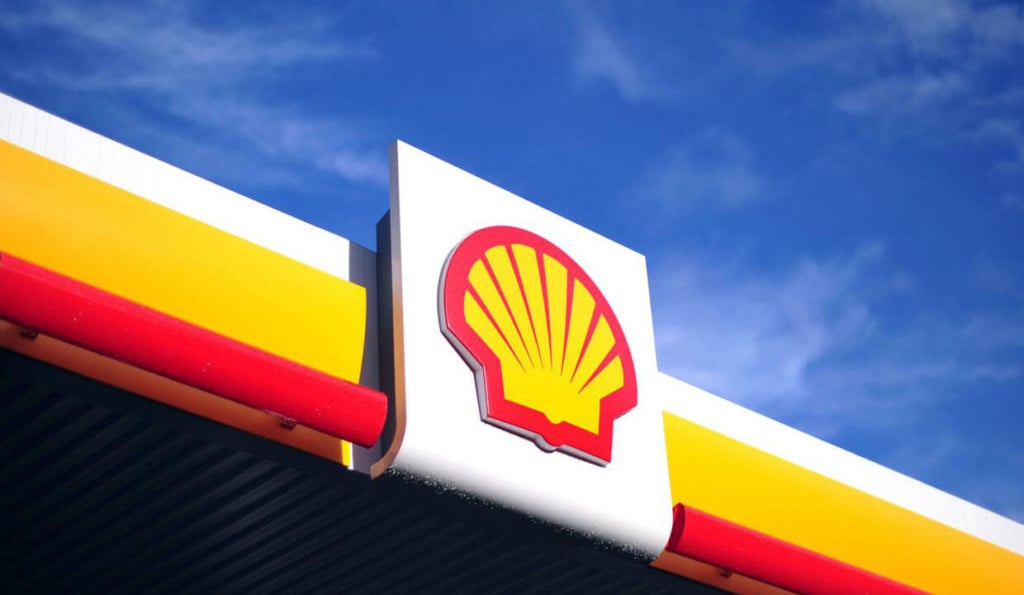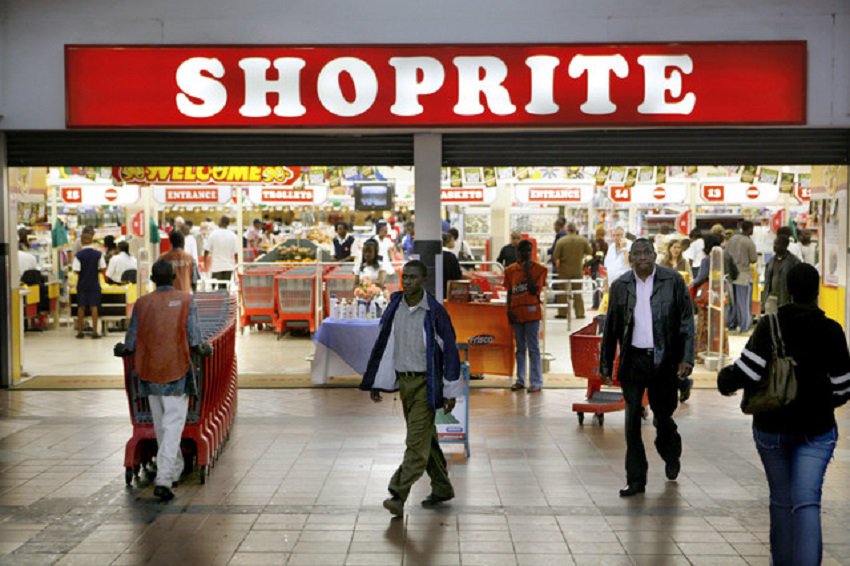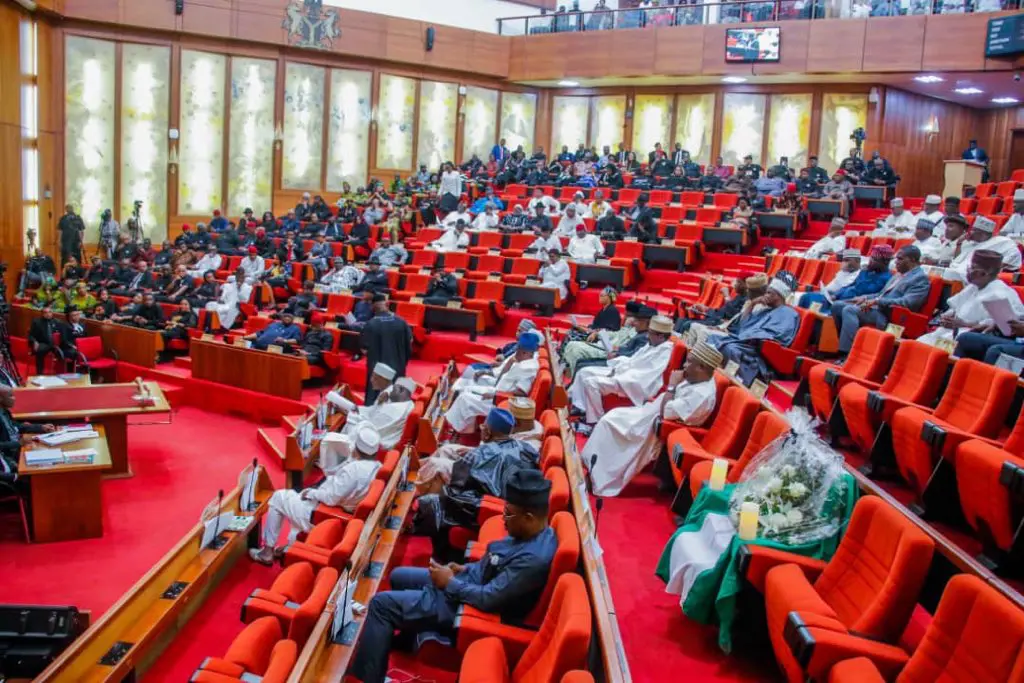Shell Warns Of Q2 Hit From Downstream Losses

Shell expects quarterly earnings to be hit by weaker trading in its integrated gas division and losses at its chemicals and products operations, it said on Monday ahead of second-quarter results due on July 31.
The energy group’s chemicals business suffered unplanned maintenance at its Monaca polymer plant in the United States while trading in its chemicals and products business was significantly lower than in the first quarter, it said.
Shell shares were down 2.9 per cent at 25.52 pounds, against a 1.3 per cent decline for the wider European energy sector.
RBC downgraded its forecast for Shell’s second-quarter net income to $3.6bn from $4.8bn after the trading update while Citi analysts cut theirs to $4.1bn from $6.3bn.
Shell has previously said it wanted to explore strategic and partnership opportunities for its chemicals assets in the United States and might close some chemicals businesses in Europe.
A weaker trading performance was probably to be expected, but the trading update points to a significantly worse than expected downstream performance, said RBC analyst Biraj Borkhataria.
In its oil-focused upstream division, Shell raised the lower end of its guided output, projecting 1.66 million to 1.76 million boed, up from the previously forecast 1.56 million to 1.76 million boed.
The business is expected to record a $200m exploration write-off, it said without providing further detail.
For its integrated gas division, Shell gave production guidance of 900,000 to 940,000 barrels of oil equivalent per day (boed), compared with the company’s previous projection of 890,000 to 950,000 boed.
LNG production by the world’s biggest LNG trader is set to come in at 6.4 million to 6.8 million metric tons in the second quarter, it said, compared with a previous range of 6.3 million to 6.9 million tons.
While trading results in its integrated gas division are expected to be significantly lower than in the first quarter, Shell is targeting a 4-5 per cent annual increase in LNG sales over the next five years and 1 per cent annual production growth.
Adjusted earnings at its marketing division, meanwhile, are set to rise from the first quarter on sales volumes of 2.6 million to 3 million barrels per day (bpd), slightly below previous guidance of 2.6 million to 3.1 million bpd.
EU Back NASRDA To Deploy Space Technology For Farming
Chris Ugwu
The European Union (EU), in partnership with the European Space Agency (ESA), has announced a landmark collaboration with Nigeria’s National Space Research and Development Agency (NASRDA) to launch a satellite-driven agriculture initiative aimed at enhancing food security in Nigeria.
The project, known as Innovative Agriculture or Copernicus, is expected to commence fully before January 2026.
Speaking in an interview, Hugh Briggs, the EU Programme Manager for Agriculture in Nigeria and West Africa, said the initiative will leverage space-based data and digital tools to support smallholder farmers with actionable insights on soil conditions, crop suitability, and optimal planting schedules.
“We have a new project called Innovative Agriculture, also known as Copernicus. It involves the European Union signing a contract with ESA to work directly with NASRDA because they have the technical capabilities,” Briggs explained.
Under the arrangement, ESA will provide technical expertise while NASRDA will lead local execution. The EU is funding the entire project, which is currently in its final preparatory phase. Briggs disclosed that the project is expected to be inaugurated by the end of 2025, with implementation beginning no later than January 2026.
According to Briggs, the initiative seeks to improve farming productivity and climate resilience by deploying advanced satellite technology and precision agriculture tools. NASRDA will also oversee the establishment of demonstration farms across seven ecological zones in Nigeria.
These farms will serve as both training grounds and data collection hubs, showcasing how satellite insights can guide real-time agricultural decisions.
“NASRDA will identify and recruit young people within rural communities, train them in innovative agriculture, provide them with tools, and teach them various applications,” Briggs noted.
The training will cover soil testing, geolocation, farm mapping using GPS and polygon technology, and the use of satellite data to guide planting decisions.
In addition to field-level support, the project will establish a state-of-the-art technology hub within NASRDA headquarters. The hub will function as a national center for training, innovation, and coordination, facilitating the exchange of satellite-derived insights with agricultural stakeholders across the country.
“This tech hub will be equipped with modern equipment and serve as a centre of excellence for continued learning and innovation in agriculture,” Briggs said.
The EU official emphasized that the project aligns with the Union’s broader commitment to promoting sustainable agricultural development in Africa using digital and space technologies.
Through capacity building, data-driven extension services, and farmer-focused technology deployment, the initiative aims to address food security challenges while boosting youth participation in agritech.
The Copernicus project reflects an evolving strategy to harness space infrastructure for development, reinforcing Nigeria’s role as a key partner in space research and agricultural innovation in West Africa.
Shell Warns Of Q2 Hit From Downstream Losses is first published on The Whistler Newspaper





